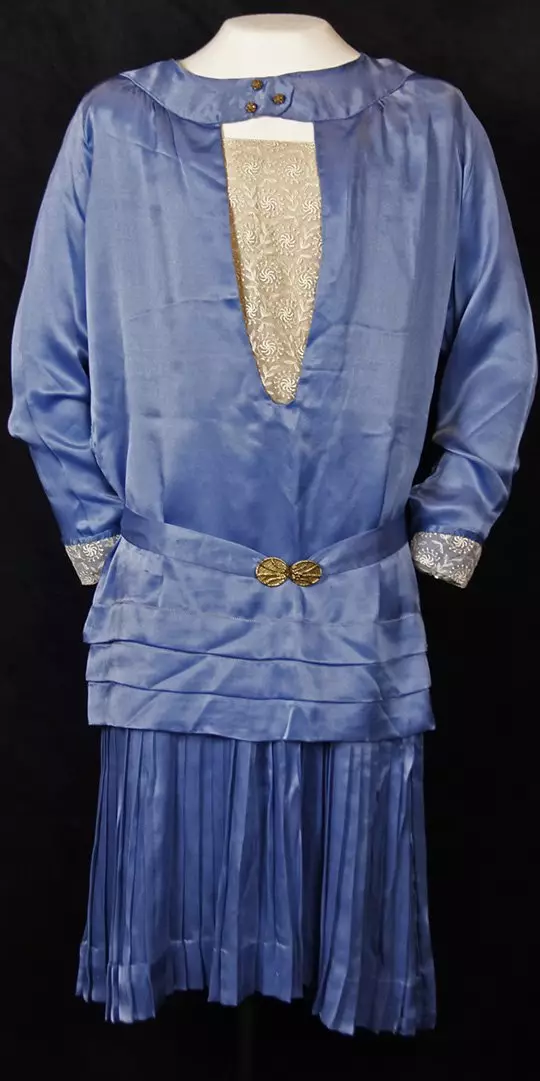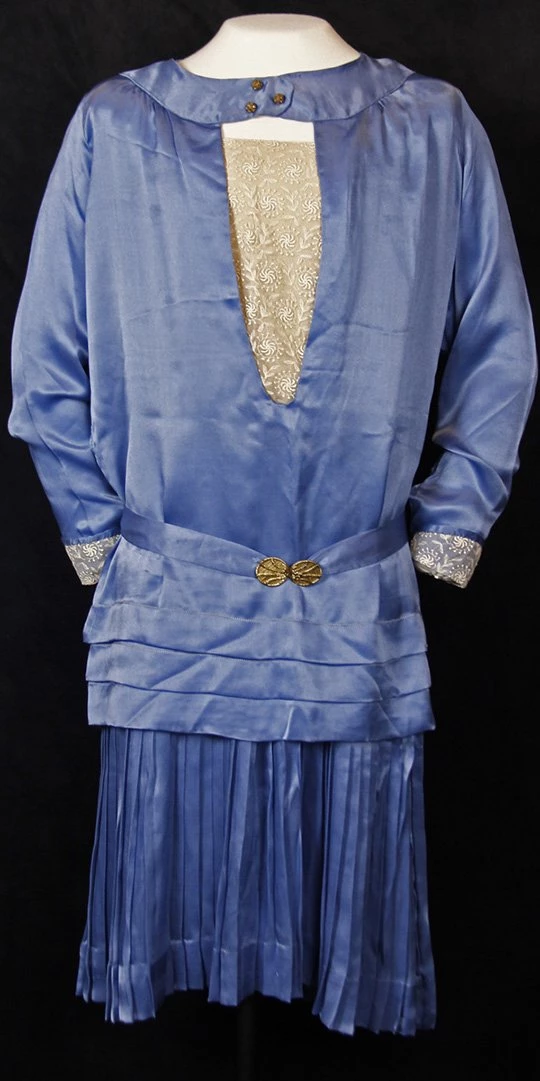Search
Looking for something in particular? Search for it here.
Looking for something in particular? Search for it here.
Mostly young women were hired to teach in McLean County’s rural schools. They chose this profession because of a desire to teach, not because of the salary. But earning a decent income was important, if not necessary, and they hoped to be treated fairly.
In McLean County’s small and conservative rural communities, an elected board of supervisors hired and managed the teachers who worked in their schools. These supervisors were typically men who had no teacher training or experience, but who believed it was their obligation to ensure that the women they hired upheld a high moral standard.
Ruth Steele began to work at Grant School, a rural one-room school in Dry Grove Township—in 1926, after earning a two-year teaching degree at Illinois State Normal University.
She earned an estimated $28 per month (equal to $1,890 in 2017). Male teachers were always paid more — as much as $56 per month.
We do not know the exact details of Steele’s contract. But like other teachers across the U.S. her contract likely included a list of rules like those enforced by Ohio schools (below) in 1923.
Which of the rules listed below do you think were applied to male teachers?
You will not marry during the term of your contract. This contract becomes null and void immediately if the teacher marries.
You are not to keep company with men.
You must be home between the hours of 8 p.m. and 6 a.m. unless attending a school function.
You may not loiter downtown in ice cream stores.
You may not travel beyond the city limits unless you have the permission of the chairman of the board.
You may not smoke cigarettes. This contract becomes null and void immediately if the teacher is found smoking.*
You many not drink beer, wine, or whiskey. This contract is null and void immediately if the teacher is found drinking beer, wine, or whiskey.*
You may not ride in a carriage or automobile with any man unless he is your father or brother.
You may not dress in bright colors.
You may under no circumstances dye your hair.
You must wear at least two petticoats.
Your dresses must not be any shorter than 2 inches above the ankle.
To keep the school room neat and clean, you must sweep the floor at least once daily, scrub the floor at least once a week with hot, soapy water, clean the blackboards at least once a day and start the fire at 7 a.m. so the room will be warm by 8 a.m.*
* These rules applied to male teachers.
Steele liked teaching very much and did her best to follow the rules. Her limited salary made it difficult for her to save money as she did not live in the area.
To make the job work she paid for and boarded with a family that lived about four miles from the school. On many occasions she was able to get a ride at least part of the distance school, but often had to walk.
While teaching at Grant School, Steele was being courted by her future husband. Though she knew that some teachers chose to keep their marriages secret so as to continue working she resigned before marrying Edward Hartzold.
Silk dress, circa 1926

View this object in Matterport
Steele made and wore this dress when she was a teacher at Grant School. Would she have been considered appropriately dressed—if she had worn it to teach?
Donated by: Robert Hartzold
2004.14.09

Steele’s school curriculum included reading, writing and math, as well as science, geography, health, history, and art. Besides textbooks, she used the materials below to teach these subjects.
Travel brochures for teaching geography and natural sciences
Picture flash cards for teaching history
Humorous Dialogues for teaching elocution (speech)
One Hundred and One Famous Poems for teaching reading
Nutrition and Health
Your Bird Friends for teaching natural sciences
Why do you think the rules for female teachers had so little to do with their ability to teach?
What were these rules really about—what did they try to control?